6 Unique Martial Arts Forms that Originated in India
There is no country in the world which has a more diverse culture and ethnicity than India. India has a rich cultural heritage and over centuries rulers from around the world have contributed to its background.
Since many of these rulers fought their way into this country, the local people developed and learned various martial art forms to defend themselves. While these martial art forms were earlier used for warfare, they are now being practised as rituals, in celebrations, in sports, and as a form of self-defence technique. These martial-art forms have influenced the development of modern Asian martial arts.
Those who practice these martial art forms know that they require passion, discipline, and dedication. Sadly, while martial art forms in China and Japan have become institutionalized, many of India’s ancient martial art forms are being forgotten. However, certain individuals and organizations are trying their best to resurrect them.
Here is a list of some of the major martial art forms in India:
1. Kalaripayattu
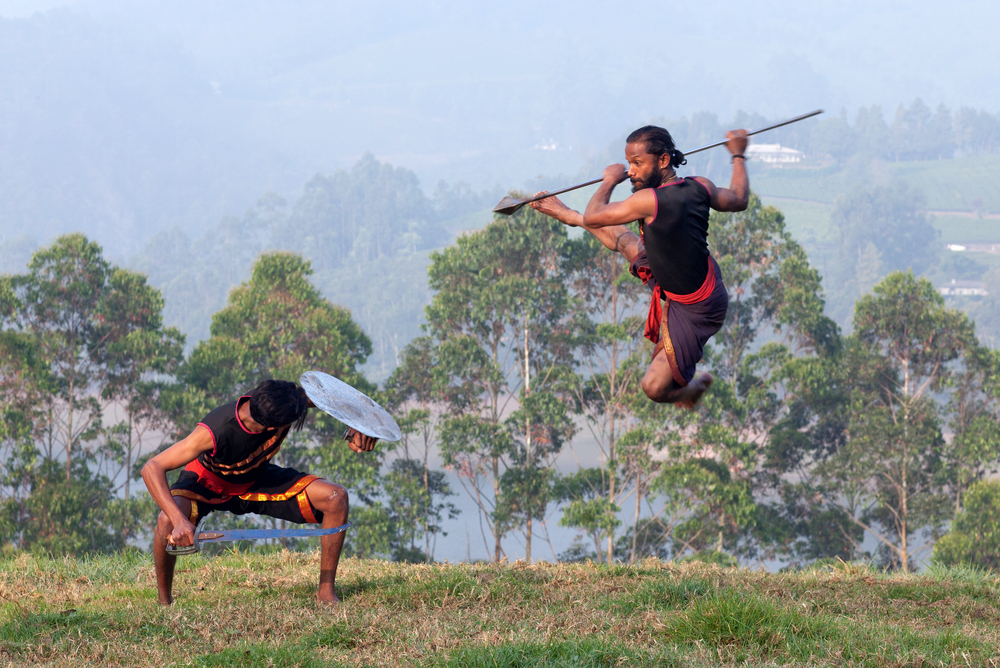
Kalaripayattu is the oldest martial art form in India that originated more than 2000 years ago in present-day Kerala. It is derived from the word Kalari which means a training hall where this art form is taught. Earlier it was practised as a self-defence art form, but today it is practised to gain physical fitness. This martial art form is inspired by the rapid movements, raw power, and the graceful strength of animals.
2. Gatka
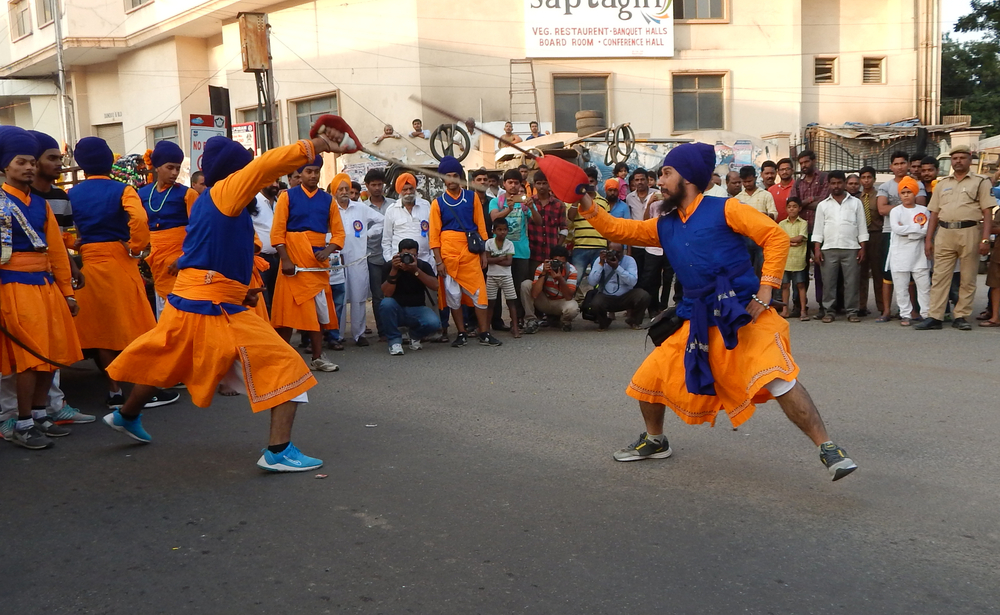
Gatka is a weapon-based Indian martial art form developed and practised by the Sikhs. Some of the commonly used weapons in Gatka include a stick, sword, kataar, and kirpan. The methods used to attack and defend are based on the positions of the hands, feet, and the nature of the weapons used. You can also witness it during festivities or at fairs in Punjab.
3. Thang-Ta
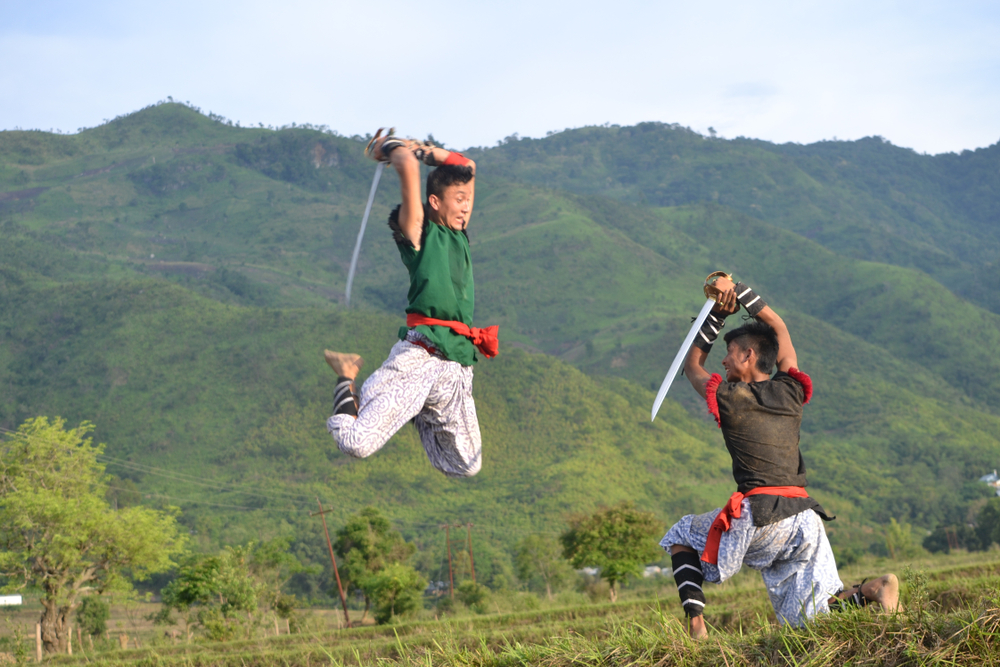
Thang-Ta or Huyen Langlon is a martial art form having its origins in the state of Manipur that combines several weapons such as the spear, sword and the knife with physical control through breathing rhythms and soft coordinated movements. Another aspect of this martial art form known as Sarit Sarak involves unarmed combat.
4. Silambam
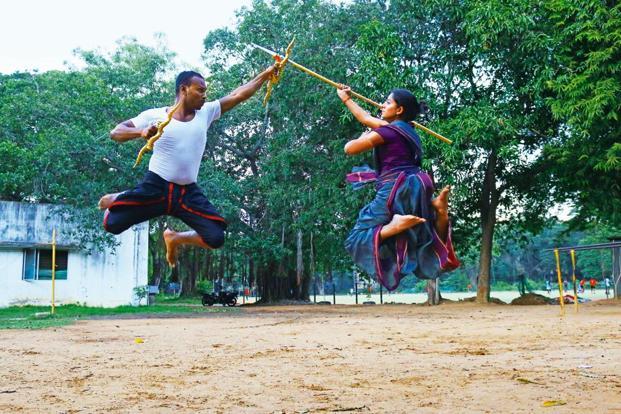
Silmabam is a stick-martial art originated in present-day Tamil Nadu. This art form was promoted by the Cheras, Cholas, and Pandyas who were ruling this region during the medieval period. In addition to the stick, there are other weapons used in Silambam, some of which are not found anywhere else. This martial art draws inspiration from animal movements of tiger, eagle, and snake and footwork patterns play a key role.
5. Sqay
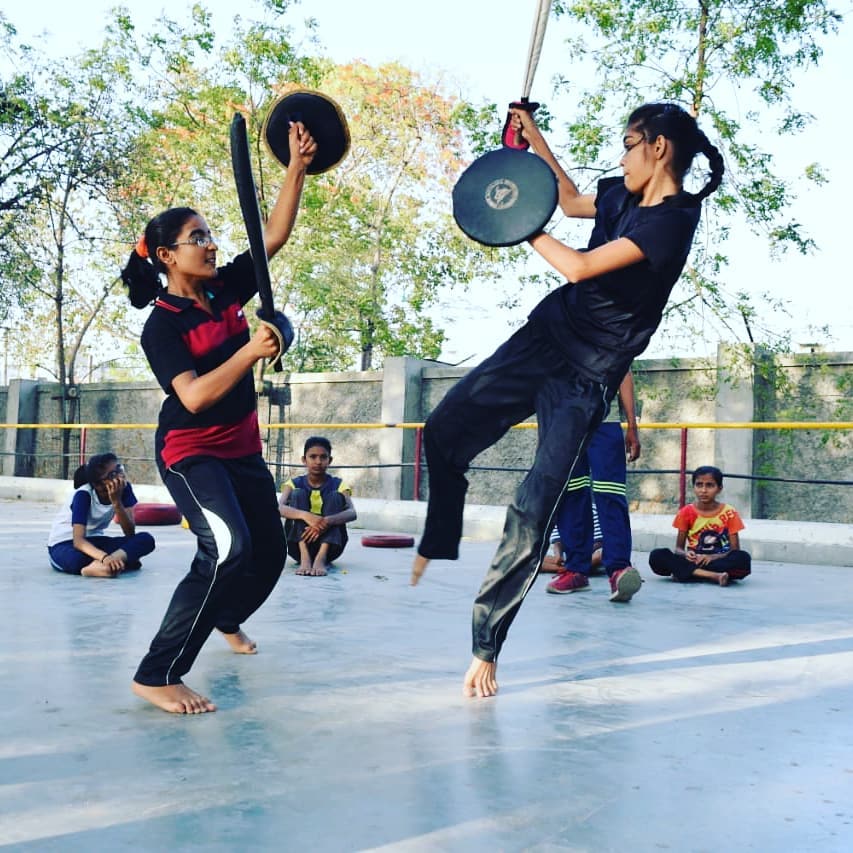
Sqay is a martial art form usually practised by Kashmiris. There are two types of Sqay. Armed Sqay involves a single-edged sword wielded with a shield, while weaponless techniques include punches, kicks, chops, and locks. Today it is practised in the form of competition and as per the rules and guidelines set by the International Council of Sqay, the sword and the shield are covered in leather.
6. Lathi
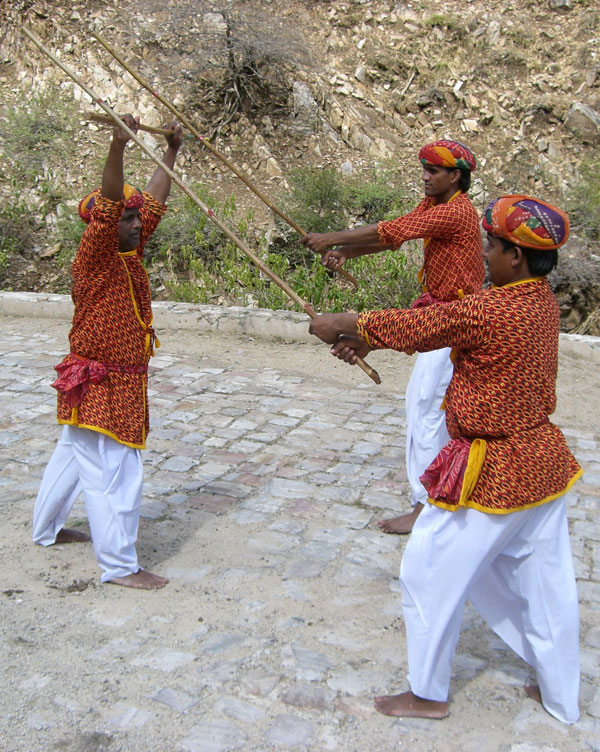
Lathi (usually a bamboo stick) is an armed martial art of India which is still quite popular and practised regularly in various parts of north India. It also refers to one of the world’s oldest weapons used in martial arts. The Lathi can be used in many ways to give lethal blows to the opponent and in self-defence by using it as a shield.
Once you master any of the above desi martial art forms, you will get the confidence to defend yourself whether you are armed or not.

